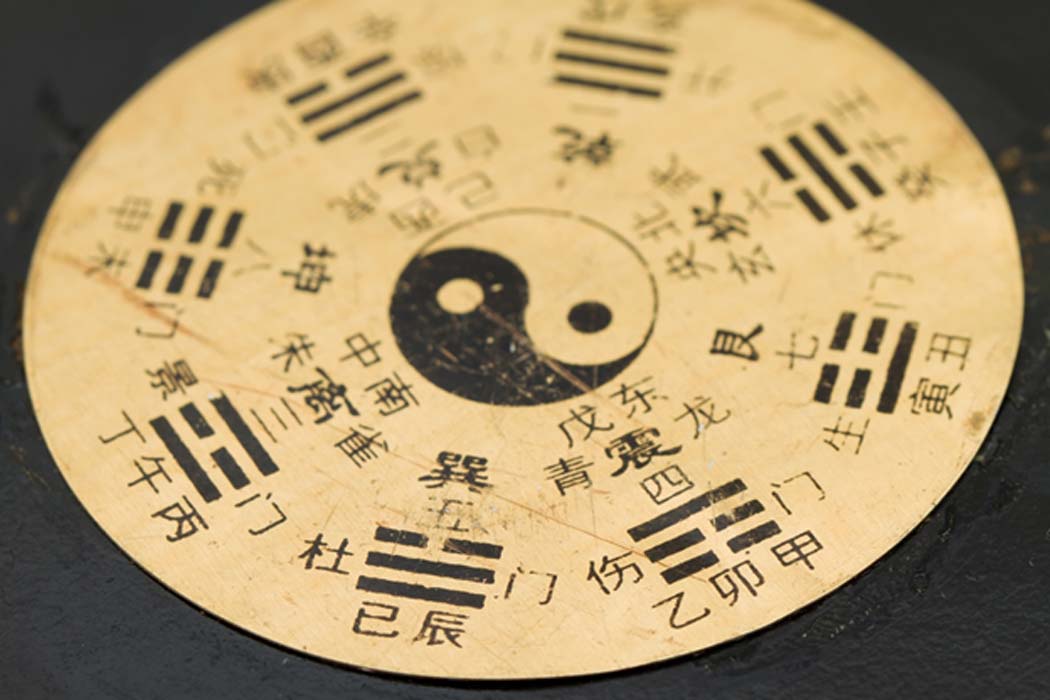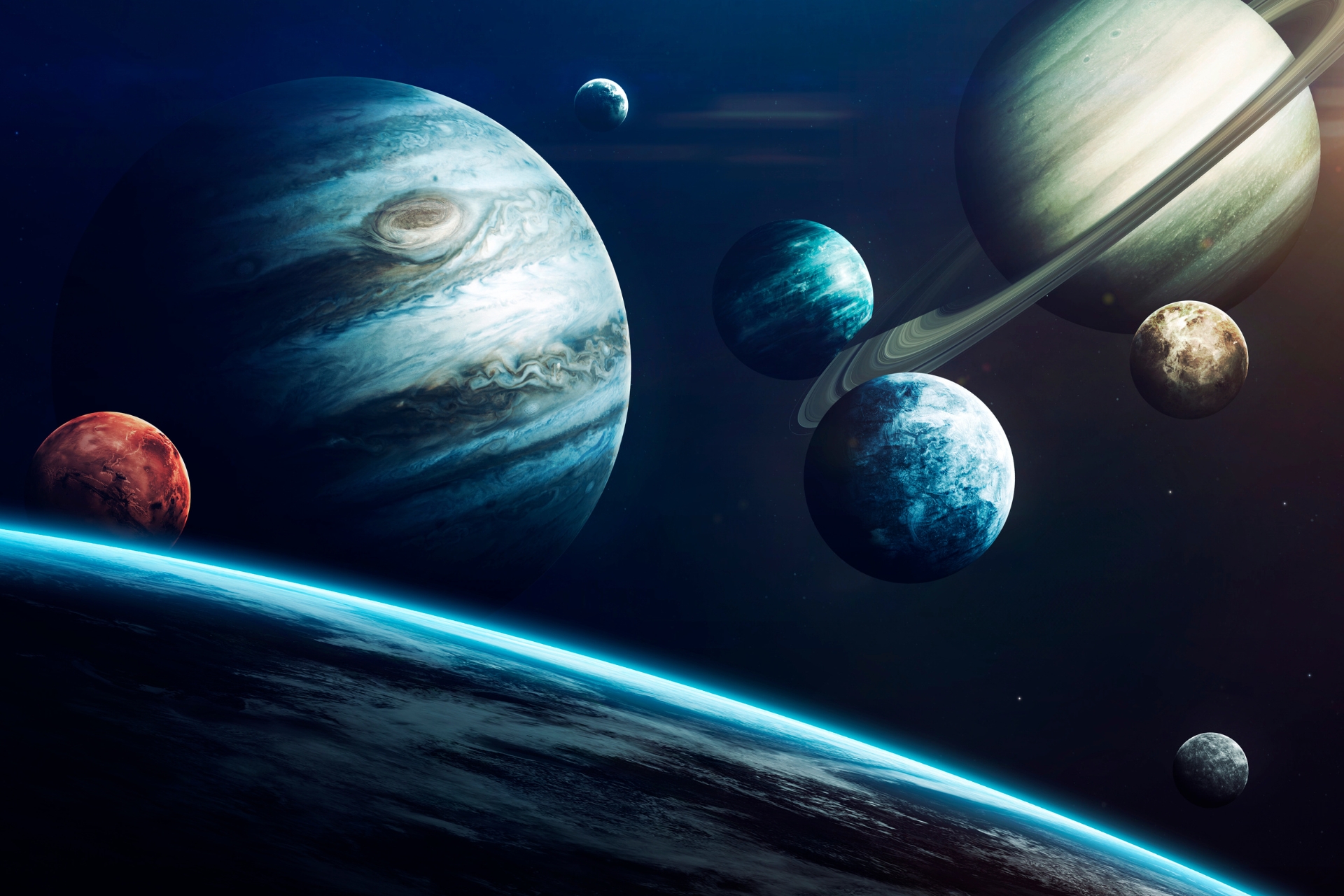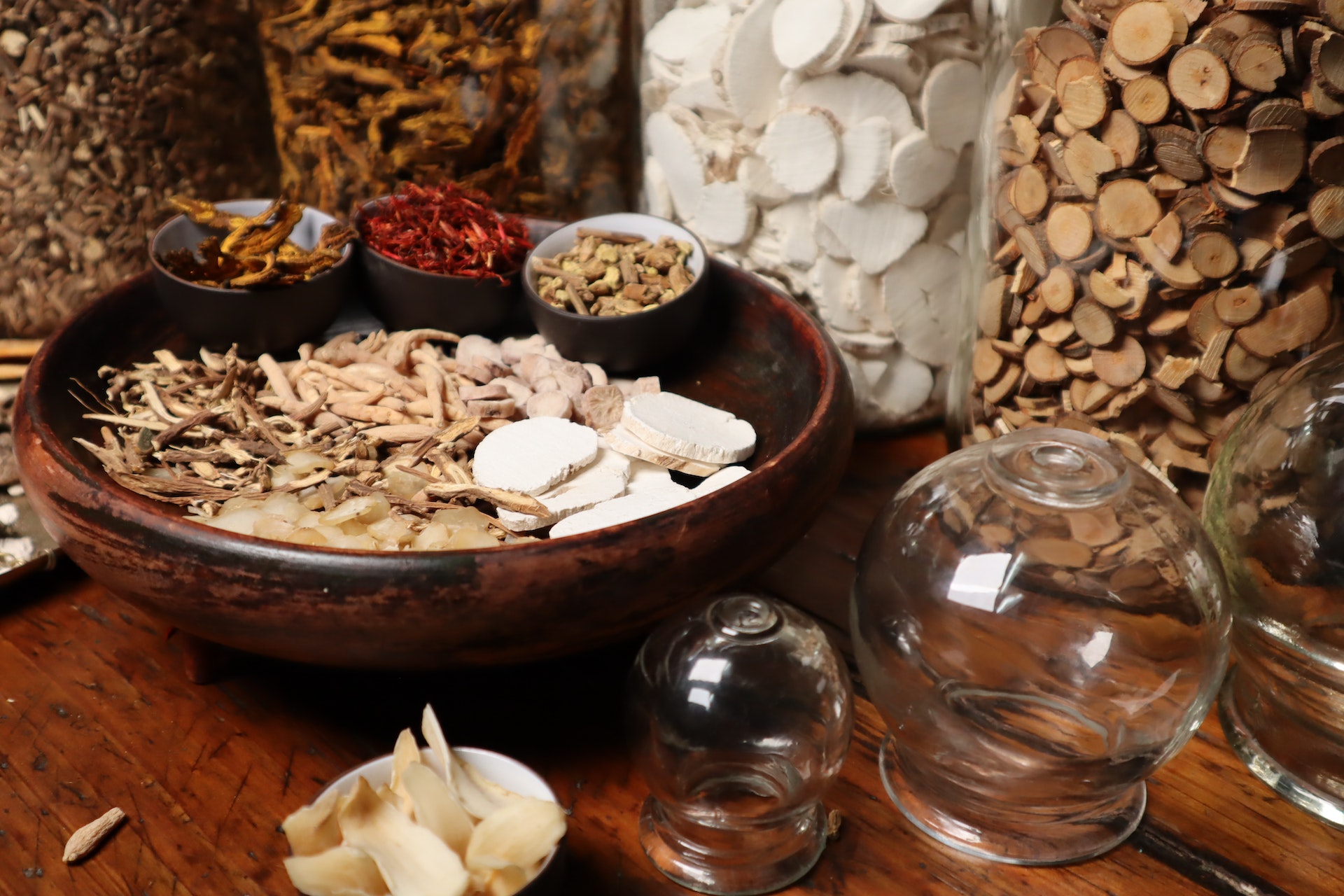Life in its simplest essence is merely a series of choices. So imagine what could happen if there was a tried and tested way to make better, more aligned decisions. An unbiased guide to consult on any matter. From the seemingly doubt-filled choices of every day to the bigger life-defining moments.
The I Ching was born for that very purpose. A trusted tool assisting along life’s journey. Sharing its wise advice about what the future could hold, whenever called upon.
The fact is no one wants to reach the end of their life journey to realise they should have done things differently. With hindsight, we often look back on our choices and can see the clear flaws in past decisions. If we could go back in time, most would probably opt for a different path or outcome.
One of the biggest regrets of the dying is wishing they’d had the courage to live a life true to themselves and not a life that others expected of them (Bronnie Ware, Top Five Regrets of The Dying). Avoiding this all too common challenge whilst life presents its many twists and turns requires brave, bold decisions based on personal intuition. Enter the I Ching.
What is the I Ching?
The I Ching (pronounced ee ching) is an extraordinary 5000-year-old Chinese text; known as The
Book of Changes. Believed to have been written by Fu Xi, the first emperor of China, the I Ching is
the world’s oldest oracle.
Since its creation, the ancient text has served as guidance and direction to people from all walks of life. From century-old sages to modern-day hedge fund managers.
The I Ching offers a unique voice of clarity on every kind of life problem and situation. Seeking to expand the reader’s consciousness by offering a set of universal qualities while discouraging actions of the ego. With change always happening and life being in constant flux, questions are a natural part of life. The book can therefore be used as a spiritual compass, providing answers and balanced direction.
The I Ching today is a collection of texts divided into 64 chapters. Each chapter aligns to a specific hexagram, which comprises of a unique 6 line combination, made up of broken (Yin ‘Dark’) or solid (Yang ‘Light’) lines.
The intricate system has 4096 possible casts of the 6 line yin/ yang combinations.
When consulting the I Ching, you build up a hexagram line by line based on the results of coin tosses or sorting yarrow sticks. Once built, the chosen hexagram points to a collection of texts, each serving to answer the original question put forward. If one or more of the six-line hexagram is in the process of changing from solid to broken or vice versa, then there are also line texts to read.
As in Taoist philosophy, encouraging balance and harmony with the universe, hexagrams give a simple picture of how the energy is flowing through the situation at hand.
This constant change and dance of yin/yang energy are reflected in each static hexagram, which decodes to reveal the essence of what’s truly unfolding.
How does the I Ching work?
The I Ching is here to answer your questions. Like asking the advice of a wise friend or teacher, it will give you the answers to what you really want to know.
But how exactly does the I Ching work and what are the inner workings of this ancient oracle? The I Ching can be best understood through the work of world-renowned psychologist; Carl Jung. His fascination with the unconscious mind led to 30 years of study of the I Ching, where he defined two psychological terms to explain how it works.
The first is archetypes, which can be seen as an expression of a specific set of psychological patterns and personality characteristics, encapsulated within a defined profile. Through this lens, each of I Ching’s 64 hexagrams can be interpreted as one primary archetype.
The second aspect that Dr Jung aligned to the I Ching was synchronicity. This principle recognises an interconnectedness of all things across time and space.
What Taoist’s would describe as the Tao, an intelligence connecting each moment, Jung understood as an underlying pattern of how seemingly separate things would interlink through illogical, yet meaningful coincidence.
When the I Ching is consulted and the coins are cast, how they fall, their sequence and interpretation is all part of the same tapestry. Jung believed the I Ching gave voice to the deep wisdom of the unconscious. By presenting answers and guidance that mirror a deeper inner truth, which is sometimes overlooked based on fears and uncertainty, the I Ching could be a spiritual power tool encouraging those who seek its wisdom to live a life true to themselves.
Consulting the I Ching
The process of consulting the I Ching has evolved over its long history. The traditional methods of sorting through fifty stem stalks of the yarrow plant or pulling marbles from a bag have progressed.
The modern method for casting the I Ching uses three coins.
Most people use authentic Chinese bronze coins with a hole in the centre, but three identical two-sided coins will work just as well.
1. Start by reflecting on a situation, subject or dilemma you sense a need for clarity, direction and guidance.
2. Get clear in your mind the priority for an answer and formulate your specific question. You can seek guidance on relationships, career, life’s purpose, creativity, spirituality, family, health and the list goes on.
One of the best times to consult the I Ching is when you’ve reached a crossroads in your life.
3. Once ready, hold the three coins loosely in your hands, shake gently and toss them onto a flat surface, all whilst contemplating your query. Each side of the coin represents a numerical value.
Heads is equal to 3, and tails is equal to 2. As an example, if you cast two heads and one tails (3+3+2), your first line would be a no. 8, as shown in the key below.
Coins
Total
Line
Changing
0 heads + 3 tails
6
Yin
![]()
1 heads + 2 tails
7
Yang

2 heads + 1 tails
8
Yin
![]()
3 heads + 0 tails
9
Yang

4. Repeat the coin toss another five times, each time recording the numerical values and corresponding line. Completing your 6 line hexagram from the bottom up.
5. You now have your ‘present hexagram,’ but depending on its mix of yin/yang lines, if you have any changing values i.e. no. 6 or no. 9 in the coin toss you will need to create a second, ‘future hexagram.’
Any broken (Yin ‘Dark’) lines or solid (Yang ‘Light’) lines with a changing value will
need to transform into the opposite form, such as Yin becomes Yang and Yang becomes Yin for changing value lines.
If you get no changing lines when you cast a hexagram (i.e. no. 7 or no. 8 value), that outlines current conditions related to your question are relatively stable and not experiencing dynamic factors at the particular time.
6. To work out the number of the completed Hexagram (present or future), split into 2 Trigrams (Upper & Lower).
Then check the number on the I Ching hexagram chart.
7. Once you have your hexagram number, you can then reference its meaning in the I Ching texts (book or online) and interpret the wise words in relational to the original reason for consulting.

Now the power is with you. Will the guidance given be used to bring about good fortune or will a different path be chosen?
Either way, the I Ching has fulfilled its purpose, answering what is and not revealing fate. Instead, by mirroring back a deeper inner true, its wisdom spreads the seeds of possibility. Calling you to remember what you already know deep within.
To live a life true to oneself and not one defined by others expectations, ideas or beliefs.
Read
Watch
[aiovg_videos tag=”200″ limit=”1″ order=”desc” columns=”1″ show_pagination=”0″]



